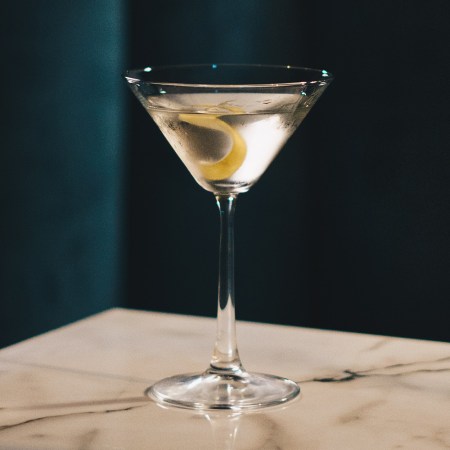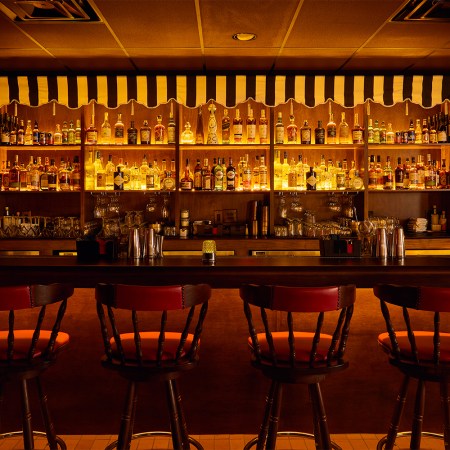According to a new study published in Science Advances, a gene-editing tool called CRISPR-dCas9 could offer the brain a “factory reset” that would effectively erase years of neurological damage from adolescent binge drinking.
Scientists at the University of Illinois Chicago discovered in earlier research that heavy drinking at a young age negatively impacts critical areas of the brain. The activity-regulated cytoskeletal gene, commonly referred to as the Arc gene, is essential for memory consolidation and emotional processing; but early alcohol consumption interferes with this expression, contributing to “a predisposition to anxiety and alcohol use disorder in adulthood.”
The potential fix? A process of complex reprogramming that normalizes gene expression. Researchers analyzed rats who’d been exposed to alcohol during their adolescence (in human years, think ages 10 to 18), and after activating the necessary genes for editing, found that levels of anxiety decreased. So too did the rats’ preference for alcohol; a model for alcohol dependency was created, where rats could choose between tap water, sugar water and alcohol concentrations.
“These results demonstrate that epigenomic editing in the amygdala can ameliorate adult psychopathology after adolescent alcohol exposure,” the authors said. “Adolescent binge drinking is a serious public health issue, and this study not only helps us better understand what happens in developing brains when they are exposed to high concentrations of alcohol but more importantly gives us hope that one day we will have effective treatments for the complex and multifaceted diseases of anxiety and alcohol use disorder.”
Genetic engineering has come a long way in recent years, but you shouldn’t expect a chance to walk into a lab for a “factory reset” of your own anytime soon. For now, this sort of study provides valuable insight into the far-reaching consequences of alcohol consumption. High school health classes tend to focus on the worst possible outcome of underage drinking as a way to scare kids away, but the reality is often a slow burn of light brain damage, which has direct implication on the anxiety so many adults fight through every day.
Thanks for reading InsideHook. Sign up for our daily newsletter and be in the know.


















